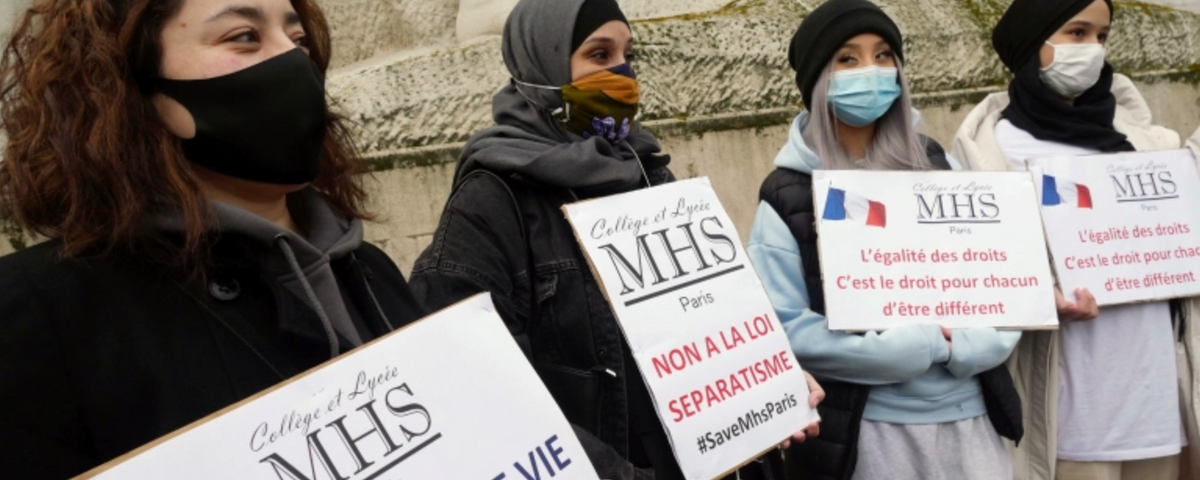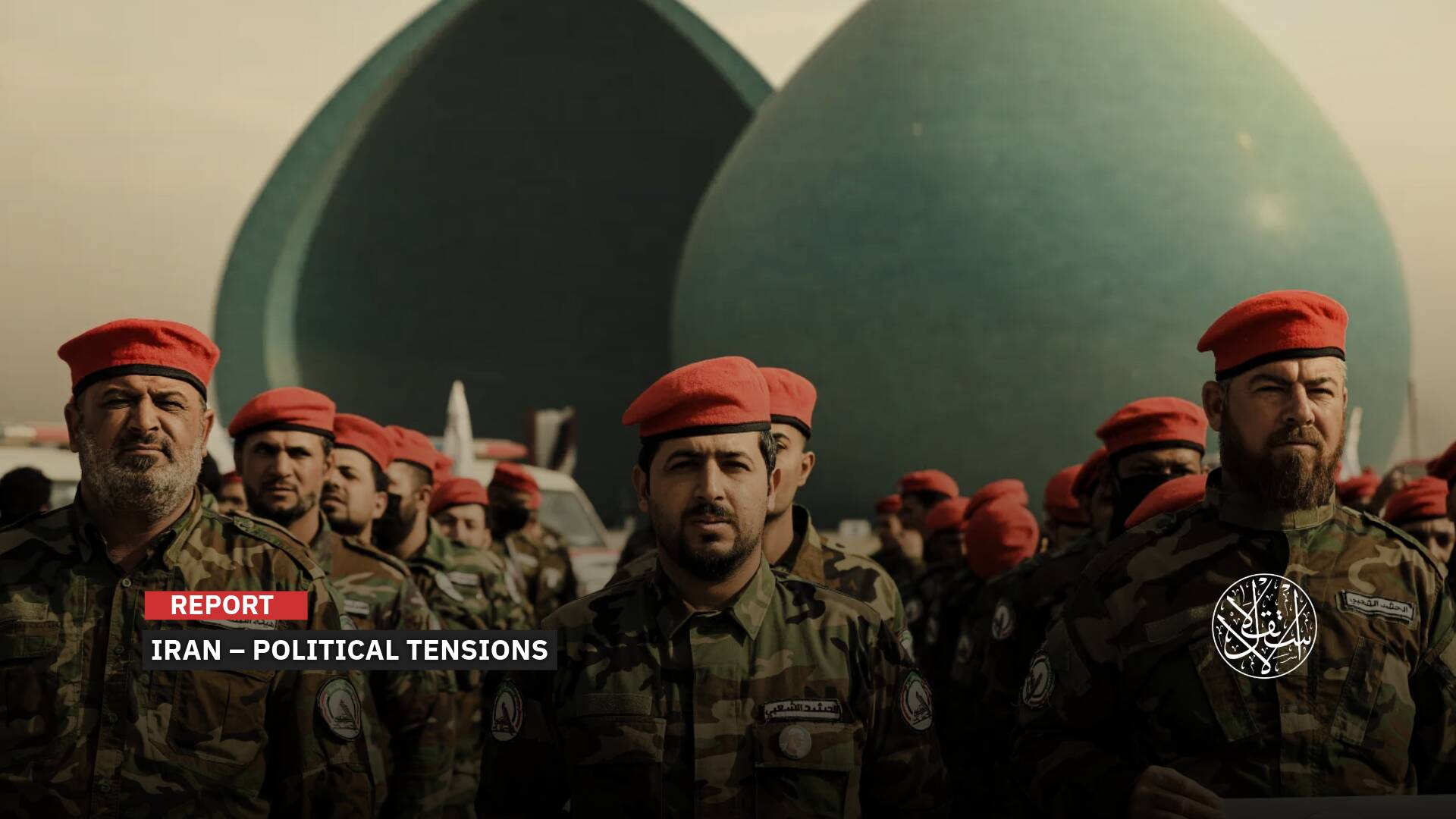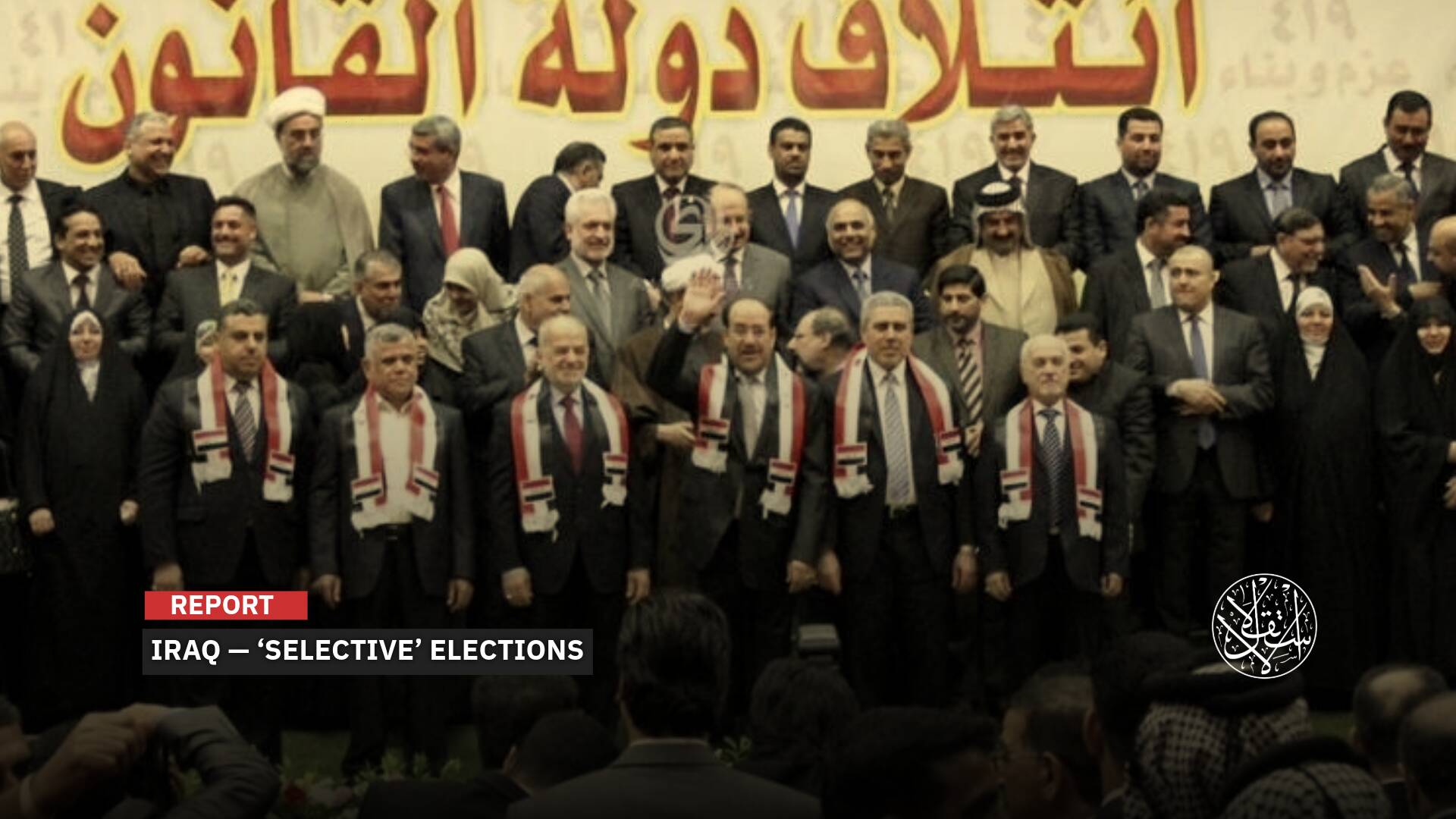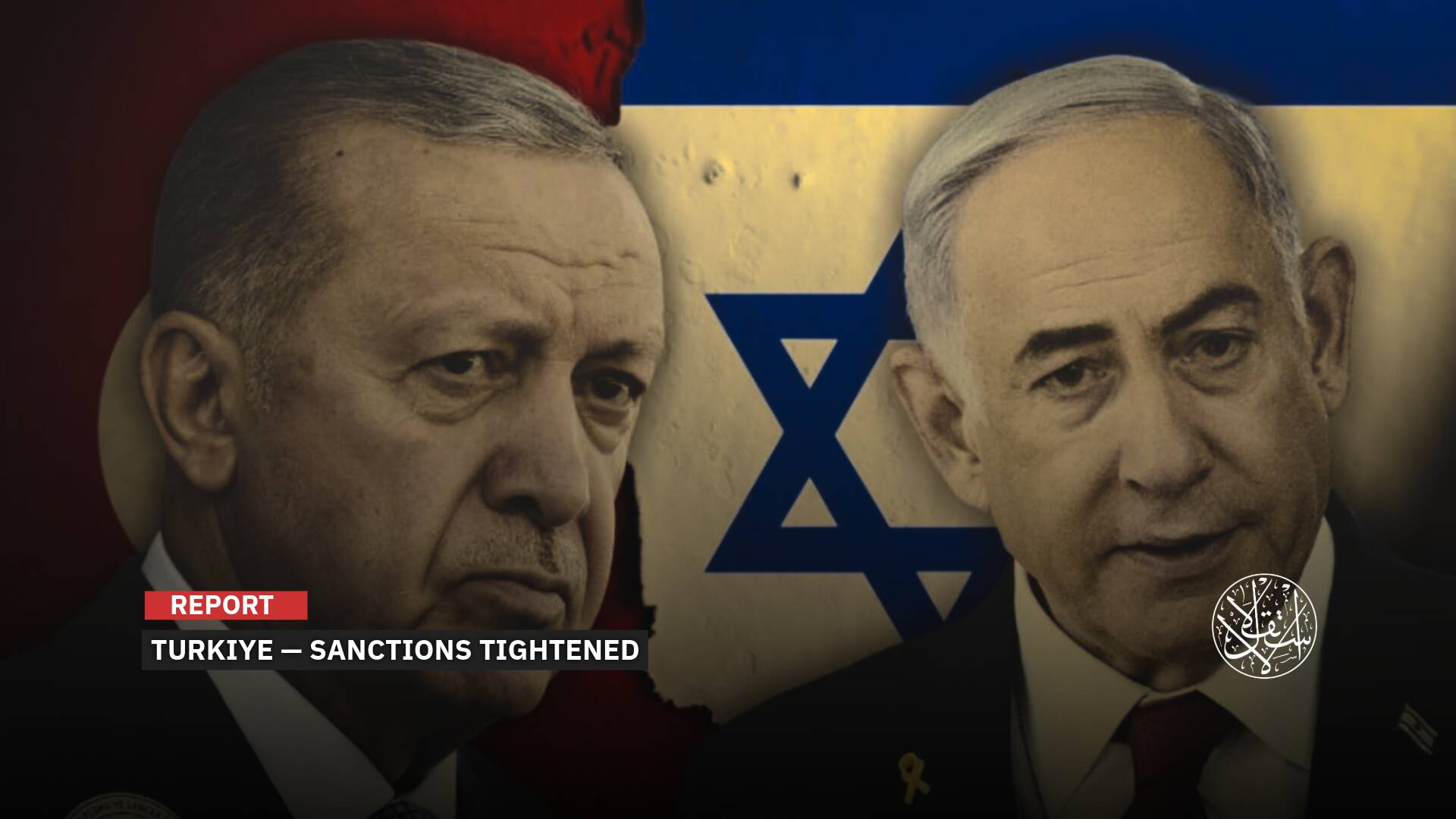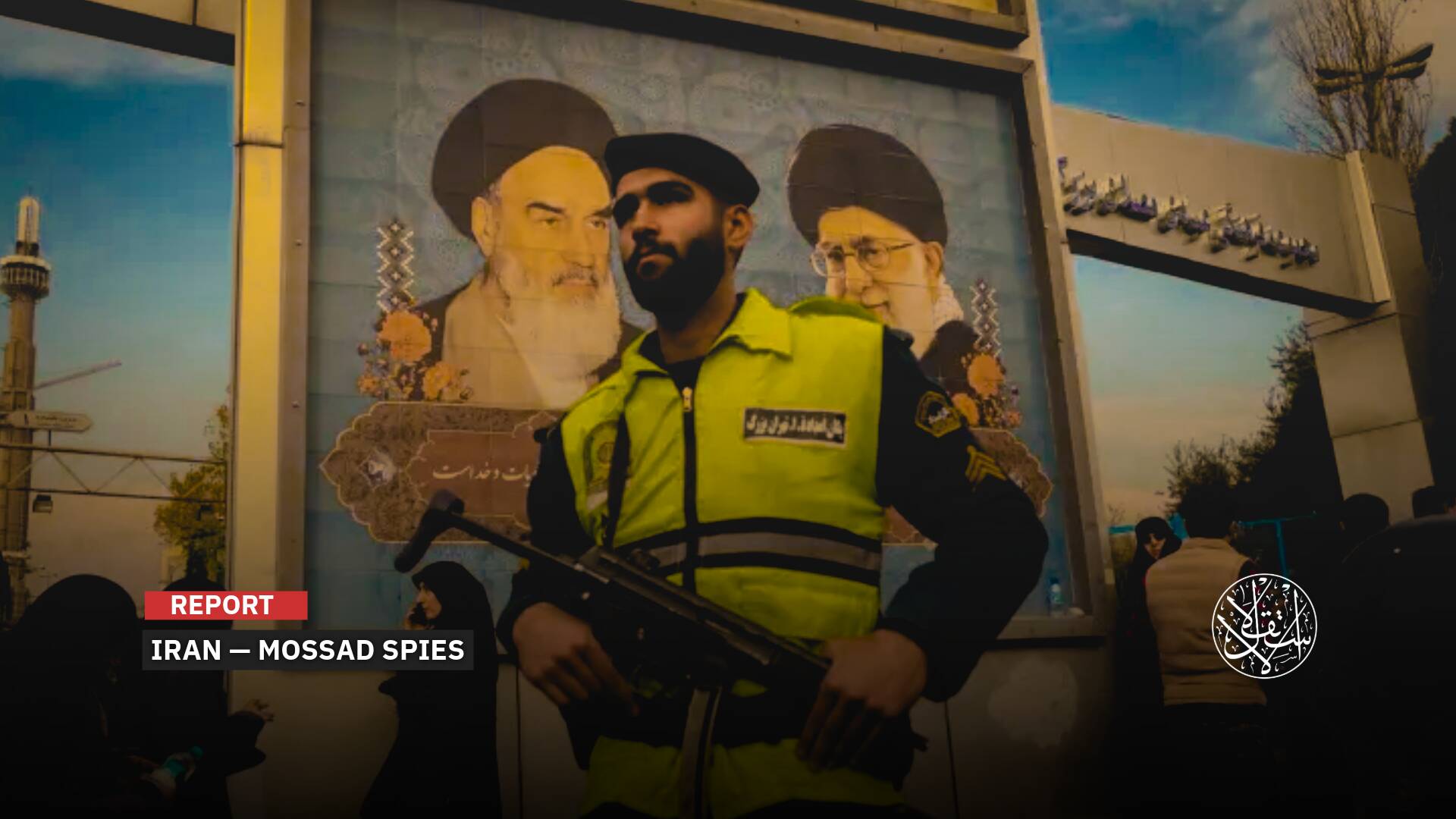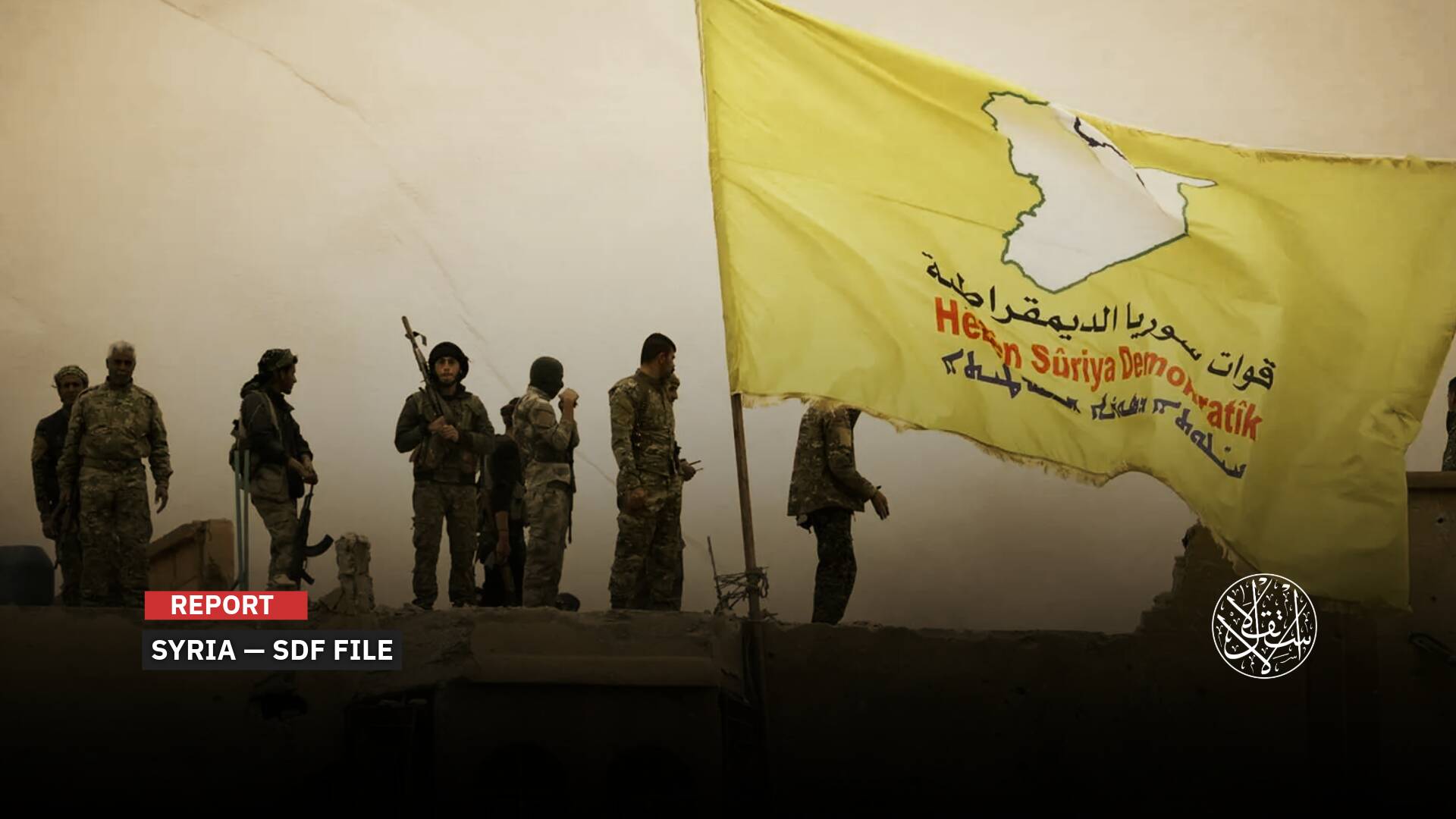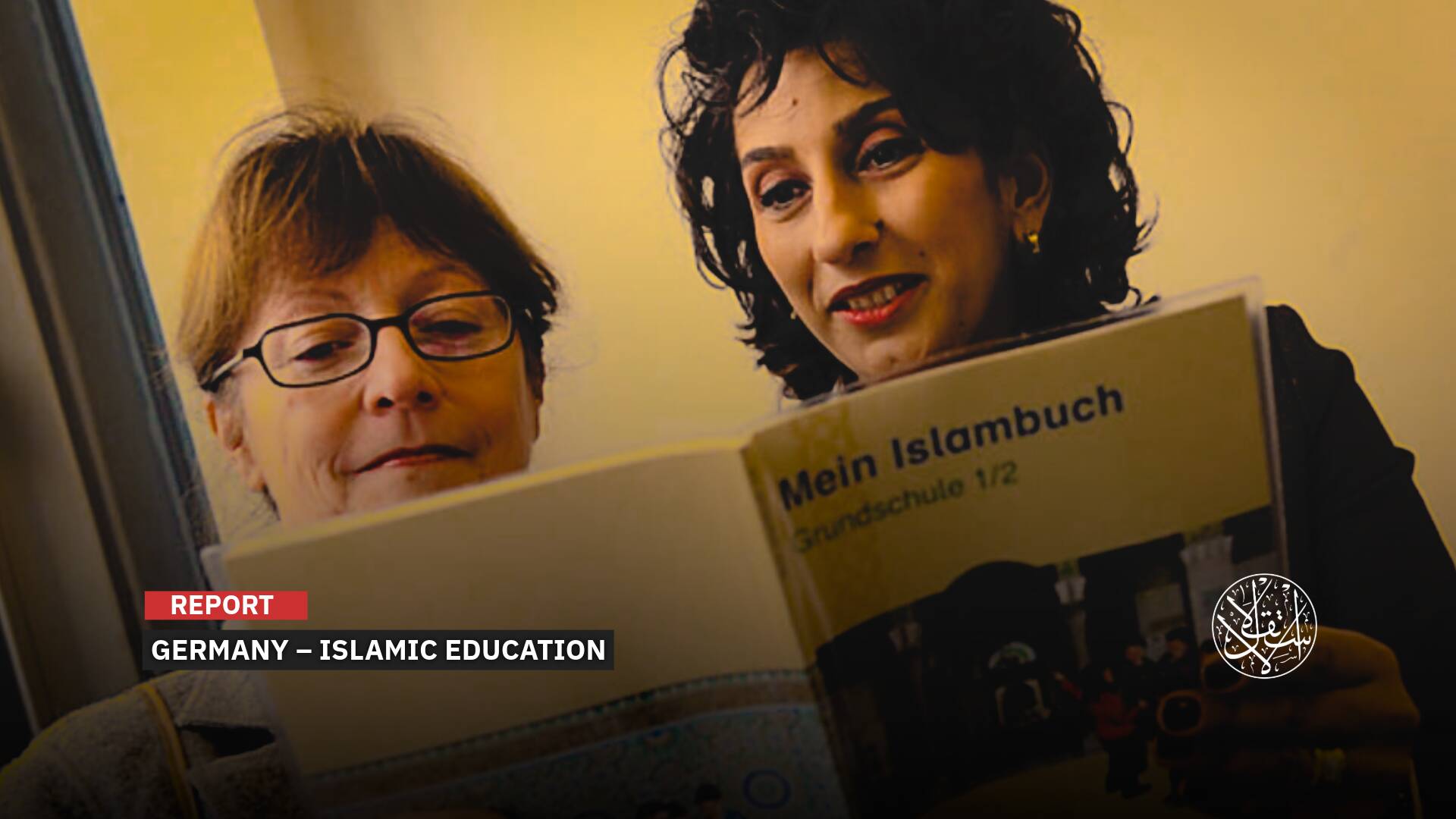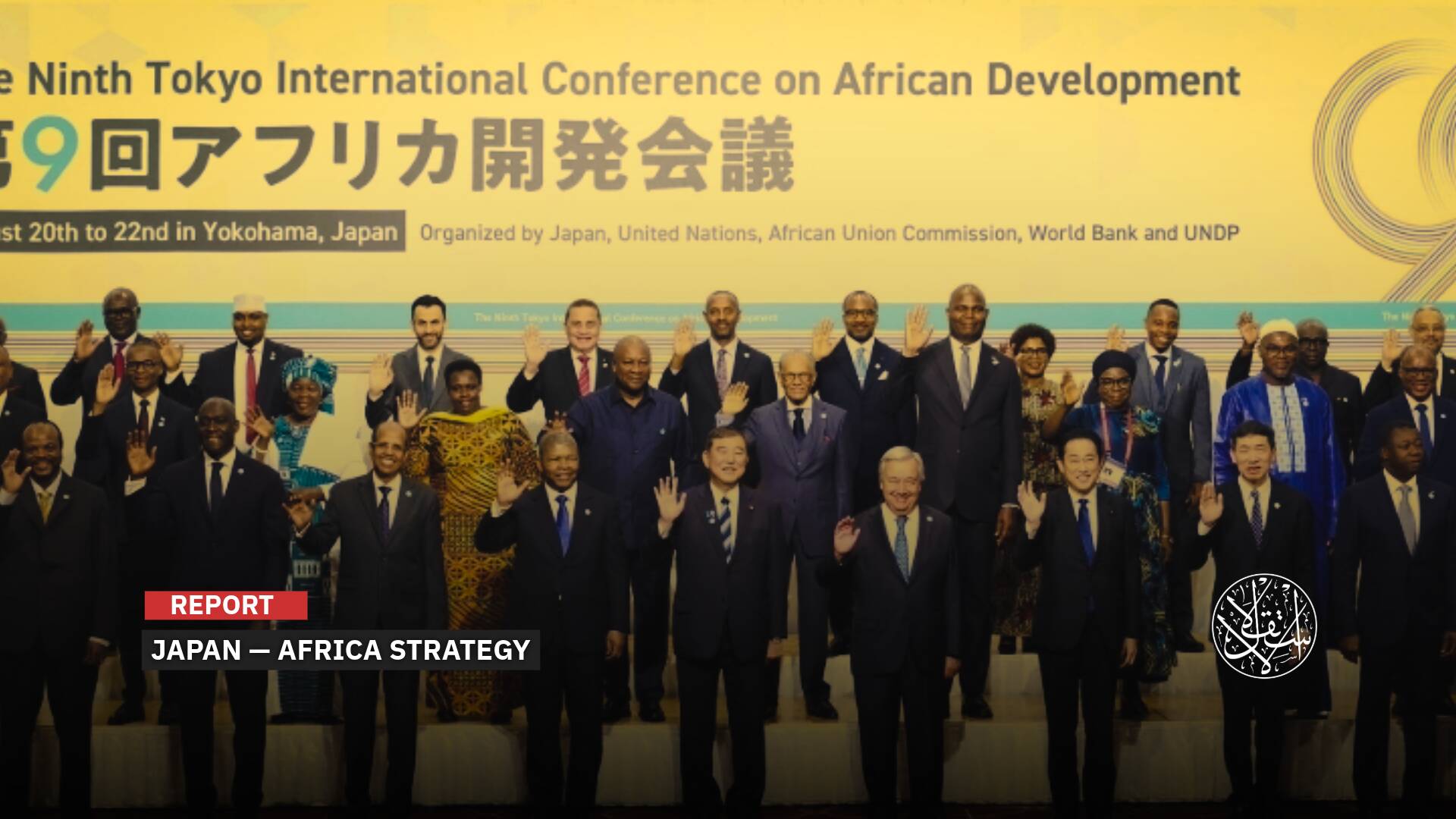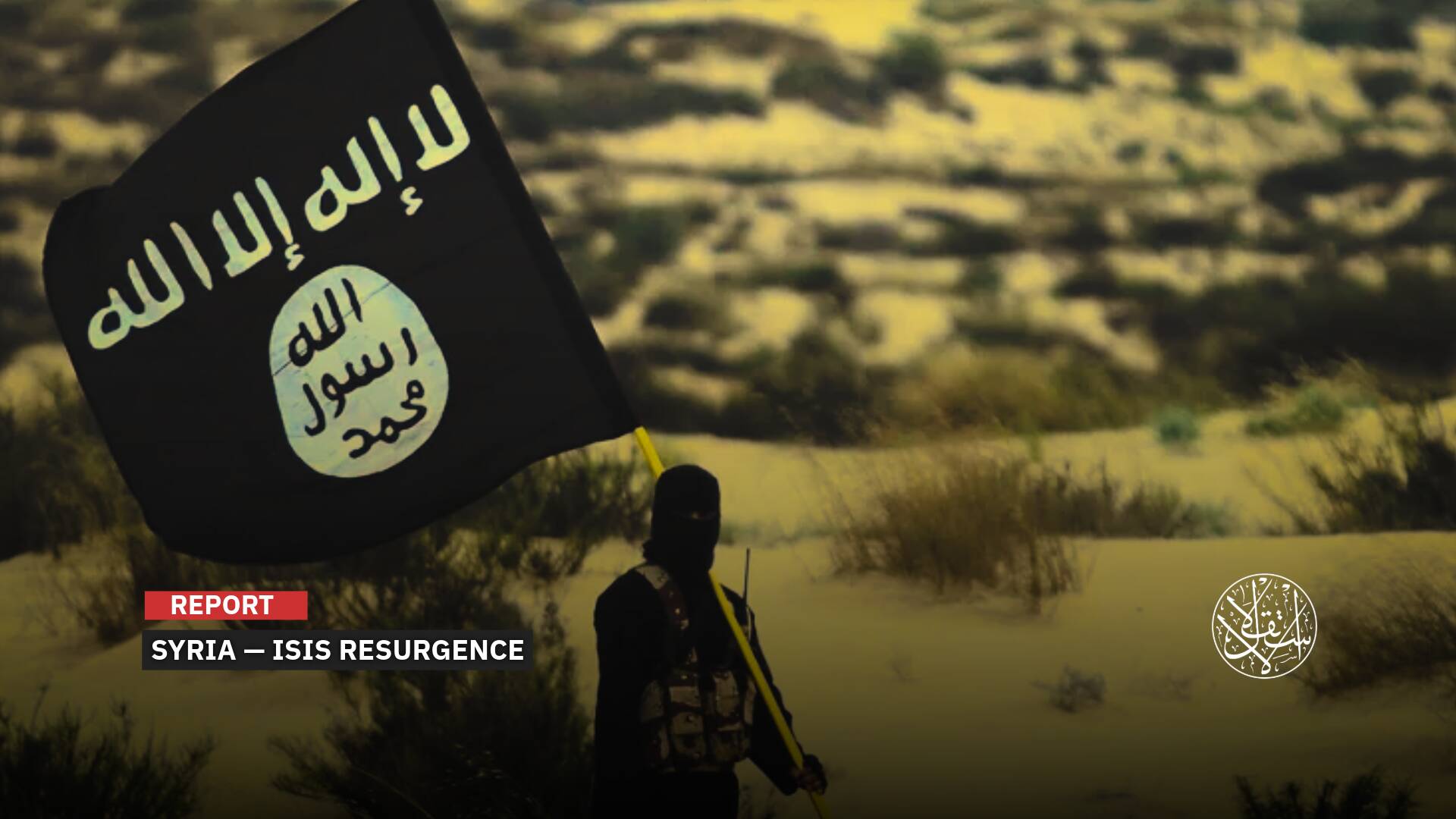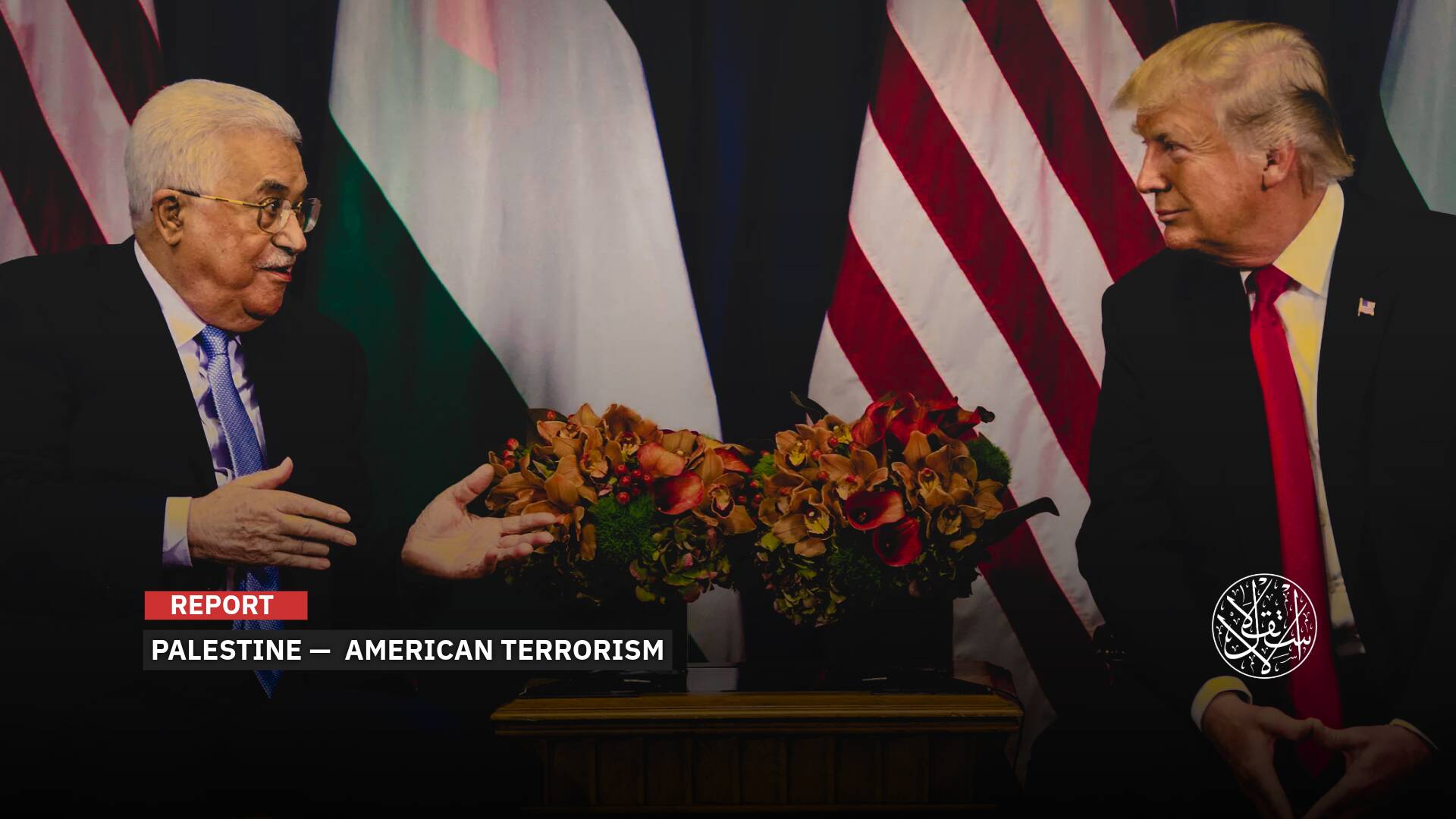Muslim Females in Austria Are the First Target of Racist Attacks

Muslims in Austria were subjected to 1,061 racist attacks in 2021, according to a report by a civil society organization in the country.
This was revealed in the annual report entitled Racist attacks against Muslims 2021 of the Documentation and Guidance for Austrian Muslims on June 2.
The report stated that last year recorded the occurrence of 1,061 racist attacks against Muslims, explaining that 69% of the victims were women and 26% were men.
The report showed that 77% of racist attacks were carried out by men and 22% by women. It indicated that the most racist and hateful attacks against Muslims were via digital platforms with 65.4%, followed by various areas of social life with 34.6%.
Hate Speech
The report disclosed that hate speech and incitement against Muslims ranked first with 78.5 percent. Insults against Islam and Muslims accounted for 9.1 percent of the attacks, and physical damage to Muslim property accounted for 2.4 percent. It is noteworthy that the number of Muslims in Austria is about 700,000 people.
In a statement to Anadolu Agency, the center's official, Ümmü Selime Türe, stated that the year 2020 witnessed the registration of more than 1,400 racist attacks, noting that the number of attacks decreased last year compared to the previous year.
She added that the main reason behind the decline is that individuals are becoming less socially interactive due to the restrictions of the Coronavirus. Stressing that the racist attacks were mostly carried out on online platforms.
She pointed out that the discriminatory and marginalizing discourse pursued by the country's politicians led to the spread of racist approaches.
"Usually the motive of politicians or parties is to marginalize Muslims, portray them as dangerous and enact laws accordingly," she emphasized.
Heavy Stigma
The political and social activist Khalida Bakkali told Al-Estiklal that Muslims have become more subject to suspicion, and perhaps political, media, and network persecution, with the exacerbation of the McCarthyite tendency that appears in European countries under vague titles, such as the fight against "separatism,” "parallel societies,” "political Islam" and "extremism.”
When the Corona pandemic crept into Europe, in the first half of 2020, health priority took precedence over other concerns, feelings of warm societal solidarity prevailed, and images of doctors and nurses topped the media that highlighted their sacrifices.
The noticeable proportion of Muslims among the doctors who were front-line victims was a practical message against racism and Islamophobia and an eloquent response to the discourses of discrimination and incitement.
Then the message was confirmed with the presence of Muslims and Muslim women among the vanguards of those who are working on developing anti-Corona vaccines in European laboratories.
Then elections approached across the continent, governments faced popular criticism over their performance during the pandemic season and chronic economic dilemmas, and Islamophobia re-emerged.
After security incidents in European countries, the discussion turned to unbridled cultural interpretations that placed a heavy moral burden on Muslims, by returning to explicit or suggestive accusations against their religion and culture and generalizing the stigma of suspicion on residential neighborhoods in which they are concentrated.
Females in Particular
A 35-year-old woman was standing outside a store when she felt some heat on her left side only to discover that her shirt was starting to burn. Near her, a man was standing with a lighter. She was unharmed, but she could no longer wear her punctured shirt. That was one example illustrated by Rana Elmir in the Washington Post. It was one case of thousands of hate crimes against Muslim females wearing a headscarf.
Elmir pointed out that it is possible that a large number of women have encountered particular difficulties in public places, such as being very close to strangers, as well as verbal abuse or sexual harassment. Yet, Muslim women seem vulnerable to additional problems because of being "hated."
With the rise of anti-Muslim policies and discourse the number of anti-Muslim hate crimes in the United States, in Europe, and particularly in Austria increased.
In June 2021, the Austrian government released a controversial National Map of Islam and placed signs across the country warning of nearby mosques that may constitute a threat. Since the controversial map release, attacks against Muslims have increased rapidly.
Although these feelings are directed against Muslim men and women alike, gender discrimination is observed even concerning feelings of hatred, with women bearing the brunt.
It is difficult to find reports of hate crimes targeting women more than men, but studies indicate that women, especially those who wear the hijab or niqab, are more likely to be offended, as there is no room for doubt in the religion in which they believe.
Glass Ceiling
If women in Europe are Muslim, they are targeted by graphic mobilization campaigns and bear double burdens of discrimination, by placing increasing restrictions on them on the basis of their choices of dress in workplaces, swimming pools, public places, and even in accompanying their children to schools. Despite the Declaration of the European commitments to combat all forms of discrimination against women.
The success stories of Muslim females in the public sphere are too many, but the sensitivity of the situation surrounding them squanders the hopes of the new Muslim generations of access to equal opportunities in diverse societies.
Muslims face increasing difficulties in ascending the ranks of public life in some European environments. Even the cases that succeed in overcoming the "glass ceiling,” that is, the invisible obstacles on the way to societal advancement, they face the pressure that affects them later.
As what happened, for example, with Ihsan Hawash (36 years old), the first Muslim woman with a headscarf to assume a government position. On July 9, 2021, Hawash was forced to resign as the Belgian government's delegate to the Institute for Equality between Men and Women, just ten weeks after her appointment, which sparked protests in the political community and a wave of bullying through networks.



